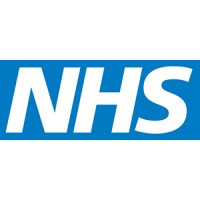
Cleveland Clinic
Cleveland Clinic, located in Cleveland, Ohio, is a not-for-profit, multispecialty academic medical center that integrates clinical and hospital care with research and education. Founded in 1921 by four renowned physicians with a vision of providing outstanding patient care based upon the principles of cooperation, compassion and innovation, Cleveland Clinic has become one of the largest and most respected hospitals in the country. Cleveland Clinic facilities can be found throughout Northeast Ohio, as well as around the country and world including: Cleveland Clinic Florida Cleveland Clinic Canada Cleveland Clinic Abu Dhabi Cleveland Clinic Lou Ruvo Center for Brain Health - Las Vegas Cleveland Clinic health system includes eight regional hospitals, 16 family health centers, a children's hospital for rehabilitation and one affiliate hospital. Cleveland Clinic is accredited by The Joint Commission, the nation’s largest accreditor of healthcare organizations. Our family health centers offer: Outpatient care Primary care Numerous subspecialties Numerous locations All of our hospitals, family health centers, outpatient clinics and home healthcare programs are also accredited by The Joint Commission under its hospital accreditation program.






